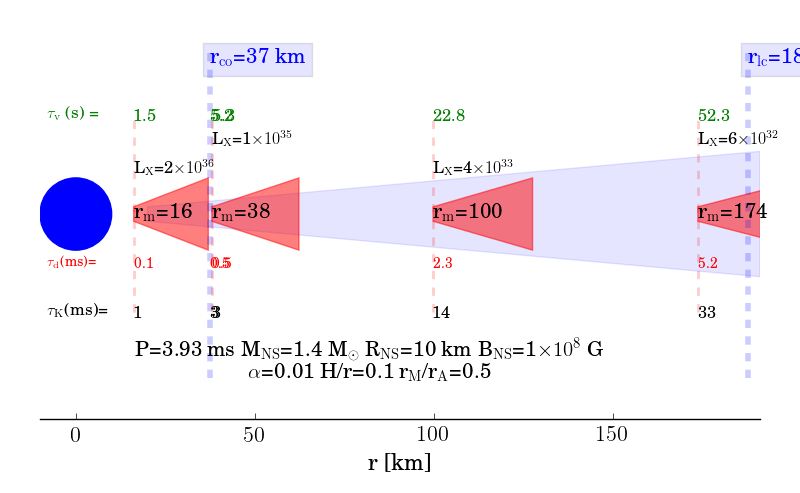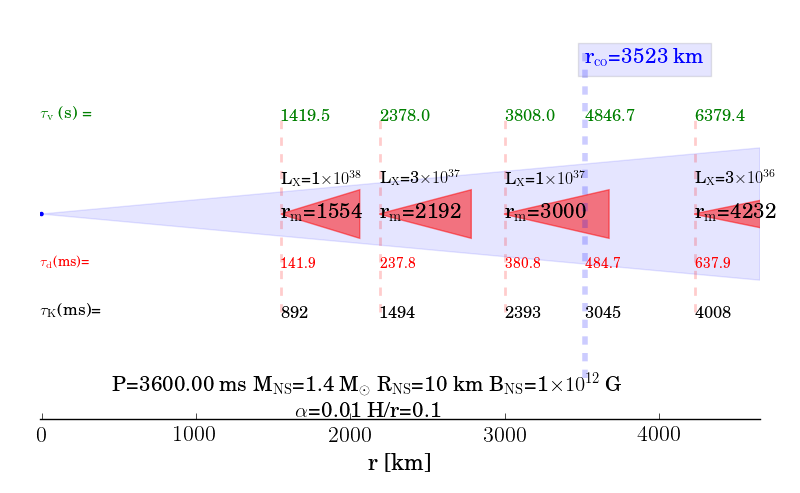MyPrograms
Optimal grouping
It is python script that groups X-ray spectra in OGIP format using Kaastra & Bleeker's recipe plus an option for a minimal number of counts the input spectrum file is grouped using grppha and the output has the _rbn.pi extension added to the root file name It is recommended not to set a minimum number of counts for spectral fitting of high-resolution spectra with a line-rich spectrum to avoid large bins that would bias the line centroid determination. However, it should be noted that Xspec has a problem with C-statistics when there are empmty bins. It requires the ftools to be installed and initialized as well as numpy and pyfits.
You can find a public GIT (gitlab) repository where there is the supported version for python 3.X. If needed, please raise issues on gitlab or give your contribution and make a merge request. To clone the repository
git clone https://gitlab.astro.unige.ch/ferrigno/optimalgrouping.git
To install the package
pip install optimalgrouping
or python standard methods for the repository.
Basic usage help can be obtained with the command optimal_binning.py --help
REFERENCE: Kaastra & Bleeker, 2016, A&A, 587, 151, Sect.5.3
Plot distances around a neutron star
This python script plots cartoon of pulsar corotation and magnetospheric radii for different X-ray luminosities, assumed to be a proxy of the mas accretion rate. It plots also the light cylinder location and the typical time scales: dynamical, Keplerian, and viscous. (February 2015) Requires numpy and matplotlib.
Xspec implementation of Becker & Wolff continuum model for magnetized X-ray pulsars.
My implementaiton is now part of the official Xspec models.
This is the documentation from which the help page is derived.
References:
P. A. Becker & M. Wolff Thermal and Bulk Comptonization in Accretion-powered X-Ray Pulsars 2007, ApJ 654, 435B.
C. Ferrigno, P. A. Becker, A. Segreto, T. Mineo & A. Santangelo, Study of the accreting pulsar 4U 0115+63 using a bulk and thermalComptonization model, 2009, A&A, 498, 825


